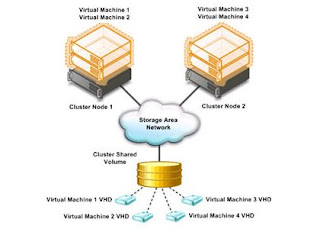While the millions of SOHO businesses have the greatest need for outsourced IT, cost and technology limitations have made this an elusive target for managed services providers.
With Level Platforms award-winning Managed Workplace installed on a Windows server, solution providers can now deliver end-to-end remote management of workgroup networks including monitoring of all devices (servers, PCs, network devices, printers, IP telephony, etc.), all applications running on Windows devices, alerting, full asset management, remote control, patch management, back up and security, extensive reporting, local storage and much more at a very low cost easily affordable to SOHO businesses.
“With this announcement we are radically expanding the size of their available market and bringing the benefits of managed services to millions of businesses that were not previously accessible to the service provider community.” said Peter Sandiford, CEO Level Platforms.
“By adding the Windows Home Server as a supported platform for Managed Workplace, Level Platforms has opened the doors to a hugely underserviced and important segment of the business market.” said Aaron Booker, President of Hardlines, a Washington-based solution provider focused on the small business market.
“We are excited to work with Level Platforms to extend the value of Windows Home Server to the Small Office/Home Office market,” said Charlie Kindel, General Manager, Windows Server Solutions Group, Microsoft (NASDAQ:MSFT). “This solution will help Microsoft Partners introduce the benefits of Windows Server technology to a large and important market segment establishing a solid foundation for improved performance and reliability today and growth for the future.”
Source: http://www.earthtimes.org/articles/show/windows-home-server-for-small-business,697081.shtml
